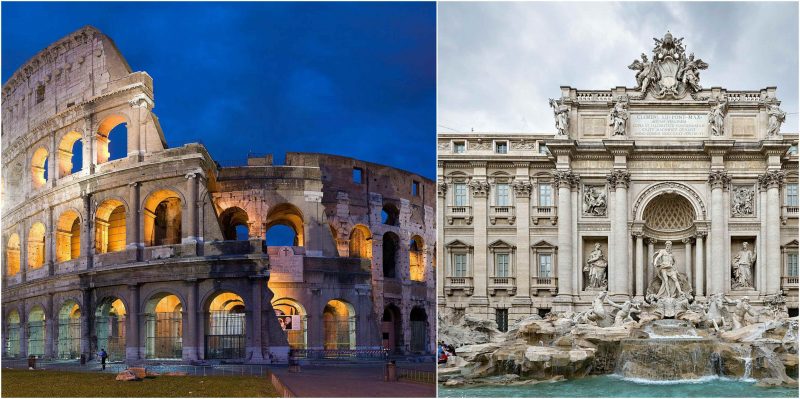If you have some extra cash in your pocket, perhaps you would like to spend it by sponsoring a historical site in Rome. That’s right. Rome is actively seeking sponsors to help fund the colossal task of restoring and maintaining the many fountains, statues, archaeological sites, and historic palazzos.
The campaign, called “100 Proposals for Patrons”, was launched by city officials on Tuesday. It lists the many projects that need sponsors—Anyone can be a sponsor, even the ordinary citizen. The list, as you can imagine, is long. One proposed site is right on the City Hall’s front steps: the piazza atop a stepped ramp designed by Michelangelo.
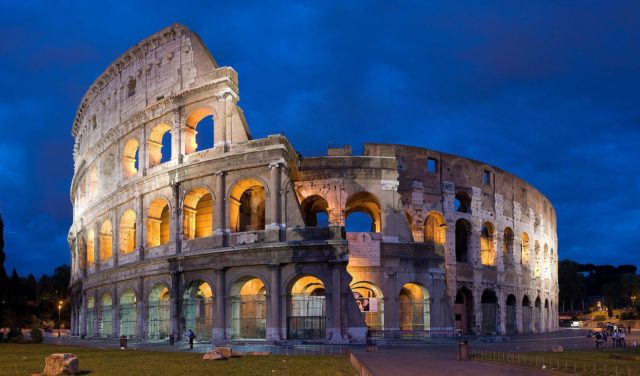
Other sites that need to be adopted by generous patrons include the Ludus Magnus, which was the main training school for gladiators and located right down the road from the Colosseum; the Campus Martius, where Julius Caesar is believed to have been assassinated in 44 BC.
The area containing four temples and a part of Pompey’s Theatre; several fountains near the Pantheon, near Piazza Navona, and in Villa Borghese park; and the Sacred Area of Largo Argentina, which includes the ruins of several Republican-era temples, located smack in the middle of a busy square. In the last site, a colony of cats has taken refuge and rule the ruins.
Tourists can only look down on the area from the sidewalk because the monument had to be closed down due to safety concerns. The cost to restore the Largo Argentina is no laughing matter—the price tag is over 1.5 million euros (about 1.14 million pounds). The fountains would cost about 10 million euros (7.6 million pounds). The total cost of the all 100 different projects comes to over 248 million euros (188 million pounds).
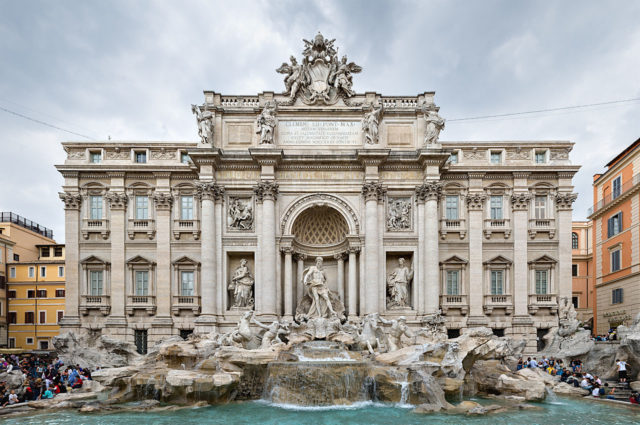
Safety is one of the main reasons many of these monuments have been closed to the public. Vanna Mannucci, Italia Nostra vice president in Rome, noted that visitors could easily fall while exploring the historic areas, and work will be needed to make it safe for tourists to do so.
Some restoration has already begun on the more ambitious projects. City officials thanked corporate sponsors when they launched the campaign. Among these generous sponsors are luxury goods companies such as Fendi, which has been sponsoring restoration on several fountains, including the tourist favorite Trevi.
Another fountain, the Bauino Fountain, was restored thanks to Brioni, a menswear maker. Bulgari donated money towards the restoration of the Spanish Steps, located in the heart of Rome’s most chic shopping district. The founder of Tod’s, a luxury brand that produces leather goods and shoes, paid for cleaning and reinforcement work at the Colosseum—the cost was about 34 million (23 million pounds).
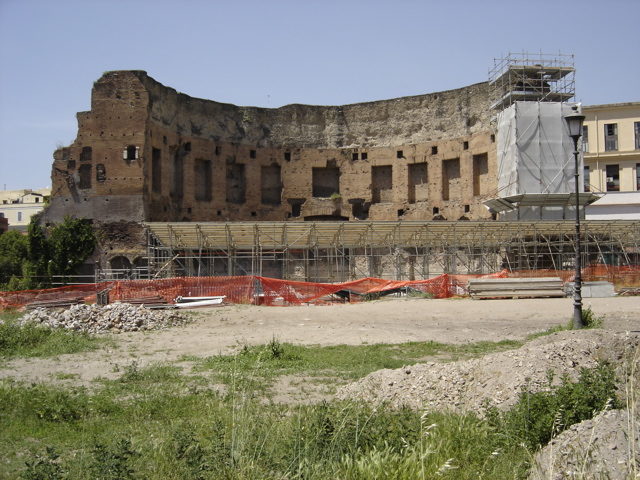
The nation of Azerbaijan has even pitched in to help. A room of the Capitoline Museums was restored thanks to its donation. Closer to home, a local utility company, called Unilever and Acea, donated the lighting that makes the boulevard that flanks the Imperial Forums a romantic evening stroll.
While city officials chase after more such generosity, the Rome office of Italia Nostra said that it stepped forward back in 2014 with an offer to restore those ruins—they are still awaiting a response from city authorities. Italia Nostra is an Italian association that advocates for the care of the country’s historic, artistic, and natural treasures.
This idea of sponsorship is not isolated in Rome. Other Italian cities have benefitted from similar campaigns. The Rialto Bridge in Venice, for example, was restored and is maintained thanks to the fashion company Diesel. The Prada Foundation helped restore the Venetian palazzo Ca’ Corner Della Regina.
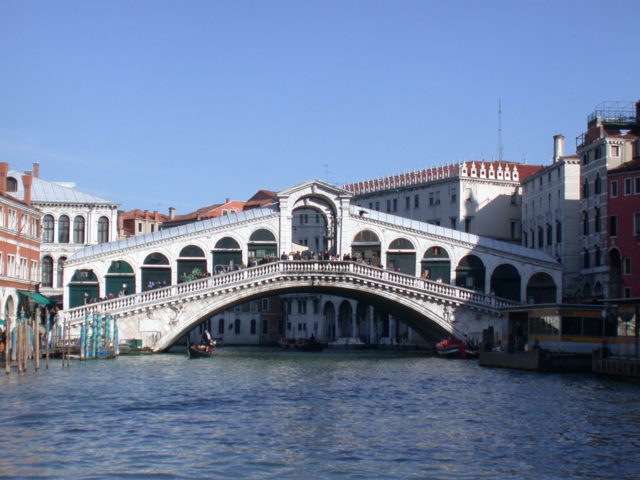
What Rome is looking for are the modern-day version of Renaissance merchant princes, like the Medici family who built much of Florence. If these princes are found, long-closed monuments, such as the Mausoleum of Augustus, could be reopened. It’s not just a matter of preserving the past—for proud Romans, having closed historical sites is like “having a room closed in our house” said Claudio Parisi Presicce, the city superintendent of artistic and archaeological heritage.
